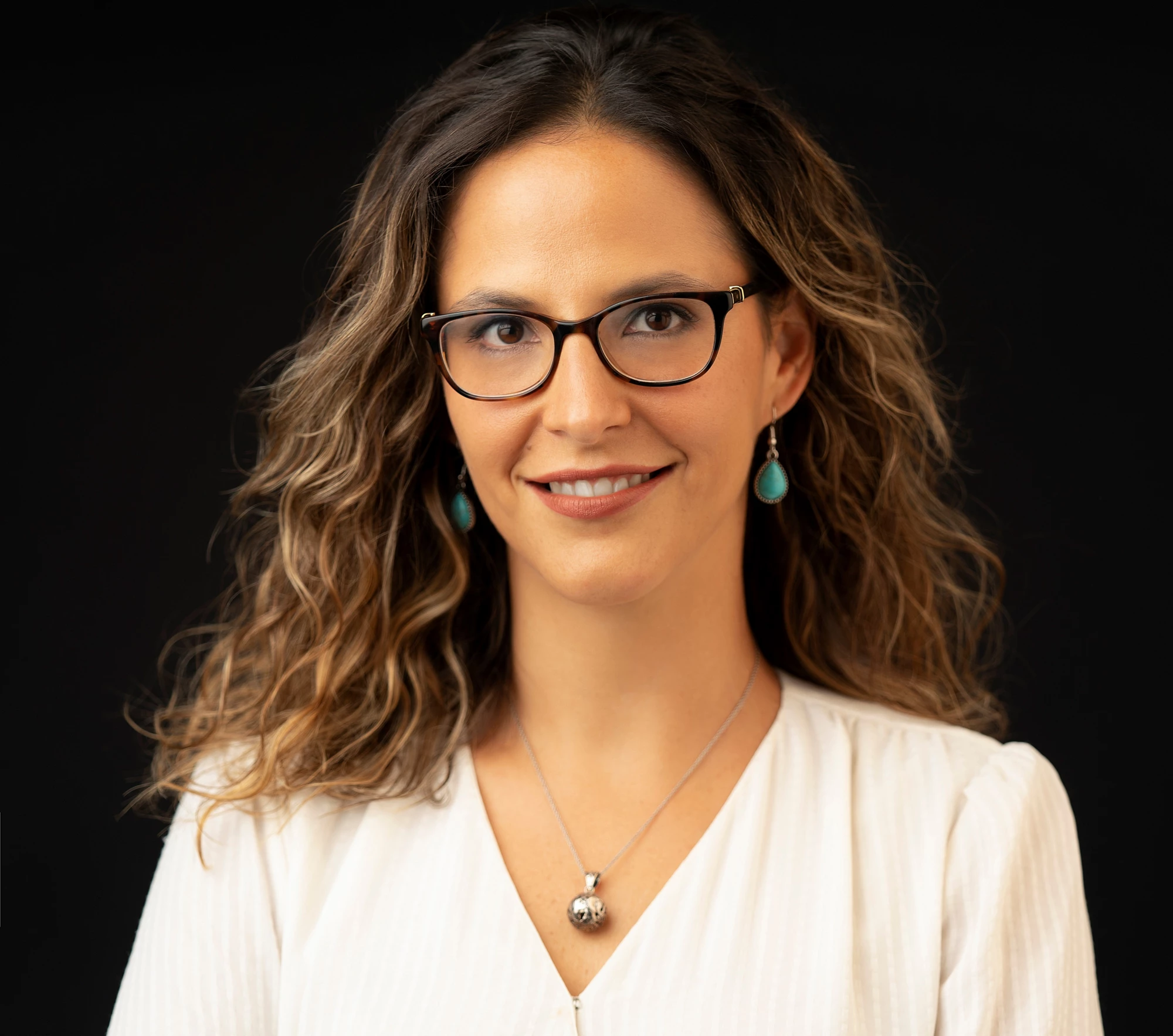 Georgina Goodwin/World Bank
Georgina Goodwin/World Bank
Public procurement represents a substantial portion of countries’ GDPs. Yet, women are largely excluded from this market. The main reason for this is corruption, says Prof. Sope Williams, a leading expert on the subject.
Governments are the largest buyers of goods and services in the world. Global expenditure in procurement is estimated at nearly $9.5 trillion, representing, on average, 13 to 20 percent of GD. Governments’ purchasing power can impact markets, set standards for production, and even institute non-discrimination codes based on gender, race, or disability. In other words, government procuring can positively influence business and trigger social development. Unfortunately, according to the United Nations Office on Drugs and Crime, 10 to 25 percent of a public contract’s overall value may be lost due to corruption.
For decades, academics, advocates, experts, and policymakers have diligently implemented risk mitigation and corruption prevention in public procurement, improving transparency, promoting competition, streamlining processes, and applying digital technology to automate procurement and reporting. Yet, despite these efforts, there is an aspect that has gone relatively unnoticed, even though it affects half the world’s population; that is, how does corruption in public procurement impact women?
We recently discussed this issue with Prof. Sope Williams Elegbe from Stellenbosch University, a prominent voice in the world of gender-responsive procurement, integrity, and anti-corruption.
Your unique work covers public procurement, fighting corruption, public sector digitalization, and sustainable development law, with a focus on human rights. What is the common thread among these?
Social justice. By that, I mean having a world that works for everyone, especially for vulnerable and marginalized groups. I am interested in public procurement because it represents what I call the “delivery mechanism for development,” and corruption destroys that mechanism. Public procurement delivers services to the people, especially the vulnerable and those on the fringes. So, if corruption compromises public procurement, people can’t access public services, and then we have both a social justice and a development problem.
We must ensure that the world works for all of us, regardless of sex, color, religion, and socio-economic status. In this sense, we can say that corruption not only undermines human rights but is in itself a human rights violation as it takes away access to the pursuit of life. How? To live out the full expression of humanity, you need health services, education, jobs, and opportunities. When corruption is embedded in the system, and you can’t access any of these basic needs, you can’t realize your potential as a human being.
What are the links between corruption and gender inequality in public procurement?
Women are particularly vulnerable to corruption because they are the ones who need more access to public services. For example, women need access to reproductive health care. Moreover, especially in less developed countries, women are the designated caretakers of children, persons with disabilities, and the elderly and access on their behalf to public services. When the system is corrupt, women must comply with the burden of corruption, and in some countries, acts of sexual nature are used as currency. Unfortunately, we have found “sextortion” exists whenever access to public service is required, say, in exchange for health services, water, sanitation and hygiene services, bureaucratic services, and, even at school, in elementary school, where young girls get sextorted to get good grades.
When there is corruption in procurement, it also means that only participants in the corrupt networks will have access to public contracts. Smaller businesses, new businesses, and women-owned businesses are usually not part of these corrupt networks. Therefore, it is essential to clarify that women’s limited access to public market contracts is because of corruption, not because they are women, or SMEs, or lack financial capacity, or because their businesses are mismatched with the government’s needs.
Does setting quotas for women help?
Diversifying public sector supply chains matters. In a way, it breaks out corrupt networks and opens procurement to a broader pool of people. It will not take corruption away, but it can certainly contribute to shaking things up. But I feel that more important questions need to be addressed. For instance, one of the main problems is that we have an insufficient pipeline of women’s businesses in specific sectors. That is not a procurement or corruption issue. It is more of a patriarchal symptom. In South Africa, for instance, most of the municipalities I’ve worked on 70 percent of the public contracts that are in construction. So, how do we make sure we have women in this field? To ensure equal representation, addressing that pipeline needs to be our long-term goal.
There seems to be a perception that incorporating social value in public procurement will make bids more expensive. What do you think about that?
I’ve heard that question before. With years of economic studies, it is long established that economies grow faster when women participate in the economy. In procurement, we have evidence that prices might decrease when women are allowed to bid.
Regardless, we do know the financial cost to societies for not allowing women to participate in the market. In South Africa, for instance, 42 percent of children are raised by single mothers; in the United States, it is estimated that there are 11 million single parents, of which 80 percent are women. Moreover, it is well documented that when women gain financial power, they tend to reinvest their profits in the community. Economically empowered women also raise children with better health and education outcomes, creating a multiplier effect in the development of societies.
Perhaps it is time to reframe that question. Ask not how much it costs to include women in public procurement bids but what price is society paying for women’s lack of economic empowerment? What is the impact on children? What is the effect of this on gender-based violence? What is the price of gender inequality?
Exploring gender-responsive procurement should lead to creating policies and frameworks that support education, integration, and equality and help build a society that gives women the same opportunity as men to reach their full potential.



Join the Conversation